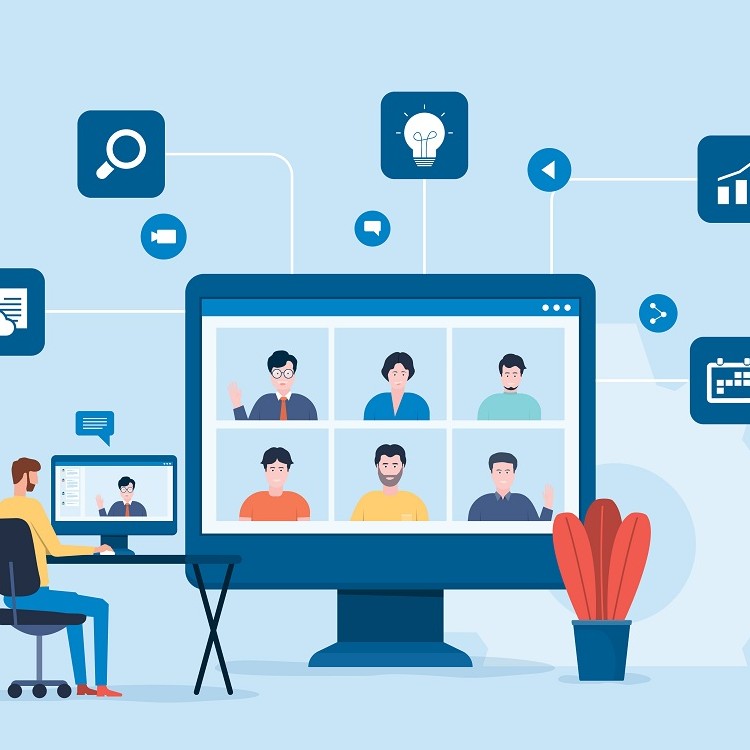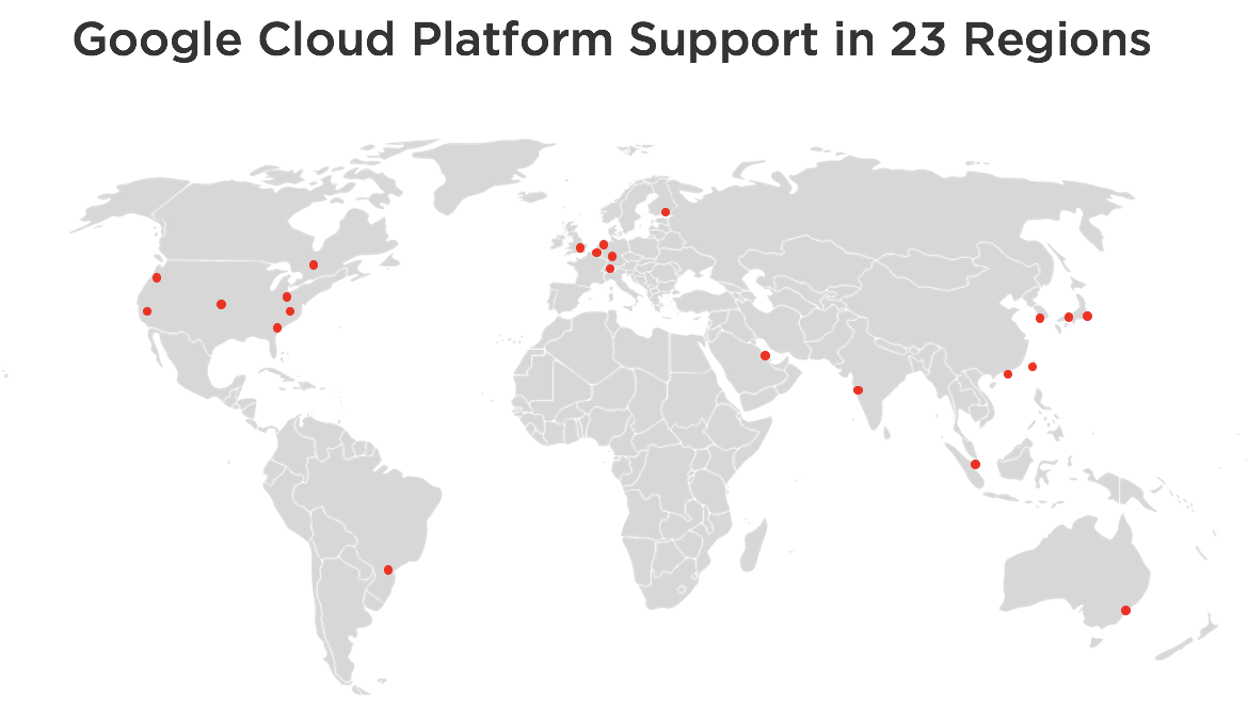For instance, California’s Oakland Unified School District could bridge the digital divide and standardize the e-learning experience for all their students without exhausting their budget by distributing Google Chromebooks (which cost much less than a typical laptop) to 25,000 kids from low-income families.
Scale from one to one thousand users – and back – It would be injudicious (to put it nicely) to deploy a VDI with bells and whistles for a few virtual desktops for a specific workload or project. Suppose the organization wants to scale its capacity quickly for that workload. In that case, DaaS enables the addition of thousands of instances of the same “digital workspace” without having to buy the latest hardware or hiring specialized IT staff to set it up.
A side benefit is that onboarding new users and employees is pretty quick – they get immediate access to the tools, applications, data, and files they need with role-based virtual desktops.
Pay only for usage – This is probably one of the biggest advantages of DaaS. The upfront expenditure needed for building a data center with a VDI capable of hosting hundreds of users nips many a business initiative in the bud. With DaaS, CAPEX is practically reduced to zero. The pay-as-you-go model offered by public cloud vendors ensures costs are optimized to the level of a simple monthly invoice.
Streamline remote work – Even before the pandemic, remote work practices were on the rise. Today, users and workers need – and thrive on – more flexibility than ever. DaaS enables employees to log in and work from anywhere using just a good internet connection. This allows businesses to expand their presence to new markets, be more visible and accessible to their customers, and get a wider pool of employees.
DaaS over private cloud kept Maryland Lottery and Gaming, an independent agency of the State of Maryland, operating at full strength when COVID-19 struck, even as other IT departments scrambled to find solutions.
“We had a decent number of teleworkers already, but we knew there would be more as soon as people had to stay home due to the coronavirus,” said CIO Jeff Patchen, who set up a virtual desktop solution with Nutanix Prism and Frame in a few days while working from home!
Critical mobility challenges such as consistent and fast user experience, security, data compliance, and availability and integration of multiple systems and applications are all resolved by a DaaS environment.
Enable BYOD – BYOD is leading the shift to “user-centric” IT and both businesses and public organizations are wholeheartedly embracing the concept. Today, many companies buy their employees a device of their choice to enable a seamless experience between their personal and professional lives, increasing their comfort, efficiency, and productivity in the process.
Of course, the organization saves on the cost of maintaining and upgrading these machines periodically while resting assured their data is safe and secure at all times in their cloud or data center.
“With Frame, we did away with having to purchase laptops and going through the process of issuing a laptop to the end-user," said Patchen. It typically takes his team an hour to get a telecommuting employee’s laptop set up, tested and profiled.









